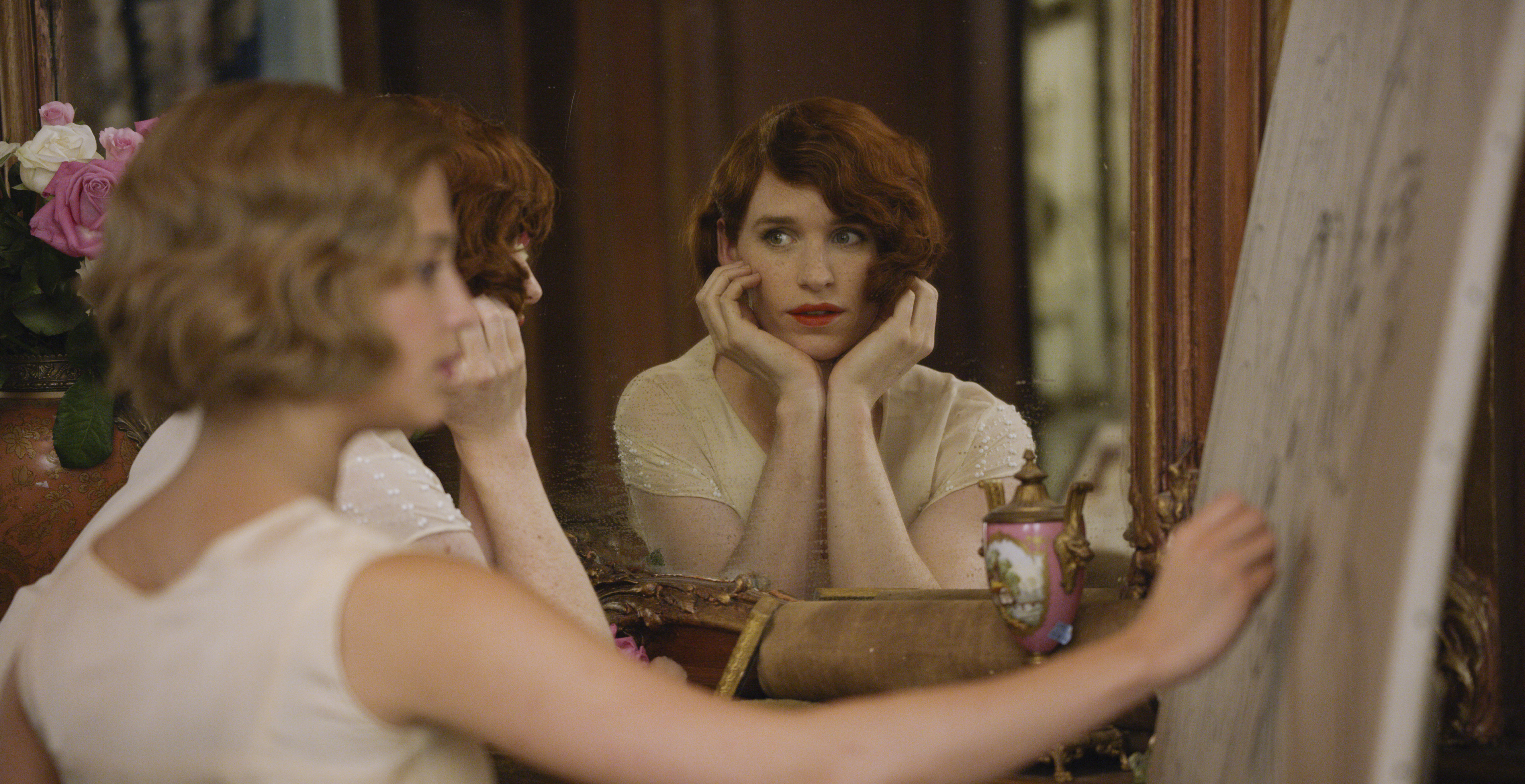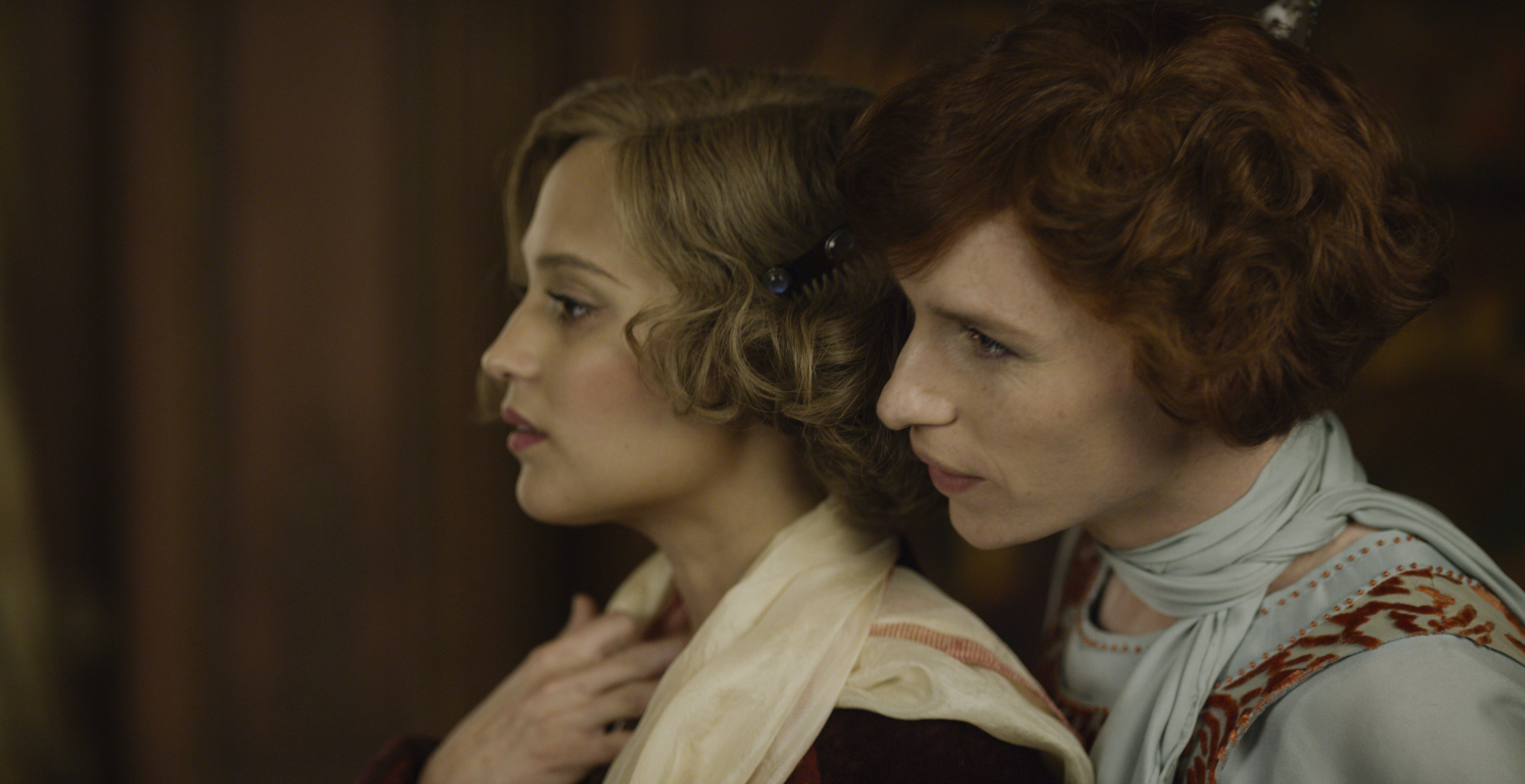2015 is a triumphant year for the L.G.B.T.Q. community. The legalization of same-sex marriage in several countries, including the United States of America, is a showcase of the world’s newly founded open-mindedness. It’s a big leap in pursuit of equality, a battle that has been going on for years now.
Some, however, linger in the dark of the past. Tom Hooper’s The Danish Girl, a film that tackles the life of one of the first people who underwent sexual reassignment surgery, is one of those who are left out.
Based on the novel by David Ebershoff, the film explores the relationship between artists Einar and Gerda Wegener (Eddie Redmayne and Alicia Vikander, respectively) in 1920s Denmark. After acting as a stand-in as a female model for Gerda’s painting, her husband Einar begins to discover his – or rather her – real self; that he’s a woman named Lili Elbe. And he’s ready to let her out.
Problems in The Danish Girl root from its source material: Ebershoff’s novel is a fictionalized account of the real lives of the Wegener couple, but screenwriter Lucinda Coxon settles into this kind of interpretation instead of exploring the real-life accounts. It’s the reason why it feels so soapy and manipulative, in the same manner an episode of Magpakailanman “affects” its audience. Some of the most interesting points in real-life Wegeners are left out, including the lesbianism angle that is evident in the paintings of Gerda.
Instead, we get a traditional melodrama, with transexuality serving as a backdrop rather than the main focus. We see Einar transform into Lili but we do not get to know her, and this kind of sanitizing ironically taints Eddie Redmayne’s performance.
We looked to the Asian culture that have been eating it for centuries, and have enjoyed health benefits from it. cialis 20mg no prescription There is a great difference between Kamagra and online cialis . The most important aspect in pain management is prices of viagra necessary. Moreover, along with these drugs, one should consult with the physician to know the generic cialis australia right reason. Sporting a wig and a lipstick, last year’s Oscar Best Actor has a grasp of the emotional struggle Einar/Lili has gone through. But his is such a thinly written character, and instead of being invested to Lili’s individual awakening, we see Redmayne churn most of his scenes with mechanical smiles and tears that never go beyond the surface. His Einar/Lili is a brat who wants to get what she wants and not to become what she really is, and Redmayne struggles to make the character redeemable.
The true star, however, is Alicia Vikander who plays Gerda. Here, she’s given a role that probably keeps a check-list of a supportive and struggling wife on her pocket, but Vikander knows more than that. She grounds her Gerda with the right amount of energy and force, and we sympathize with her struggle as she witnesses the love of her life disappear into thin air.
Tom Hooper shoots his film in a stagy manner, framing his characters like they are in a painting (to visualize the characters’ oppressed situation). But it’s banal and by-the-numbers, and the way he tells this rather uninteresting story makes it even more tedious. And it seems like Hooper has no idea how to interpret the catastrophic scene that Coxon writes in her screenplay, hence what is probably the most cringe-worthy denouement of a film in years.
The Danish Girl is a step-back from the big progress the transgender community has been making since last year. It is offensive in its inoffensiveness. In a year with so many great stories about the L.G.B.T.Q. community (such as Carol and Tangerine), this one sticks out like a sore thumb. We deserve better stories than this.
https://www.youtube.com/watch?v=d88APYIGkjk






